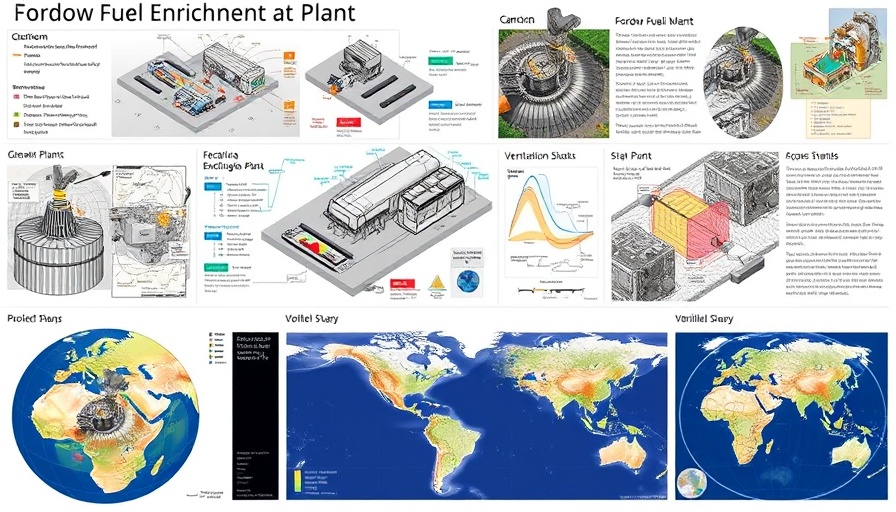
Unveiling the Secrets: Pentagon's Bold Disclosure on Iran's Nuclear Facilities
On June 26, 2025, the Pentagon unveiled a staggering volume of details regarding its top-secret operations against Iran's nuclear programs, revealing layers of complexity behind military decisions. This unprecedented move sheds light on a 15-year endeavor aimed at neutralizing Iran's Fordo nuclear facility, showcasing a meticulous approach that has been in the making since 2009.
Insights from the Pentagon: Understanding the Operation
Military officials have provided insights into the recent airstrikes carried out on June 21, which President Trump claimed to have “obliterated” Iran's nuclear ambitions. However, early assessments suggest that the strikes may only have delayed Iran's nuclear advancements by a matter of months.
General Dan Caine, Chairman of the Joint Chiefs of Staff, highlighted that the 15-year program involved analyzing every detail—from the geological environment to the ventilation systems at Fordo. Such thorough exploration underscores the strategic depth of the operation, suggesting that military interventions are as much about intelligence as they are about action.
The Complexities of Iran's Nuclear Threat
The Iranian nuclear threat has long been a flashpoint in international relations, tied to concerns over regional instability and global security. The covert intelligence efforts detailed by Caine reveal not only the challenges of striking fortified targets but also the commitment of U.S. forces to prevent potential nuclear proliferation. Military analysts meticulously examined the target for years, showing a nuanced understanding of both the physical and geopolitical landscapes at play.
Contrasting Assertions: The Reality of Military Assessments
While President Trump’s administration emphasizes the successful crippling of Iran's capability, military assessments paint a more cautious picture. This discrepancy raises serious discussions regarding the efficacy of military operations versus political narratives. It urges us to reflect on the broader implications such disclosures may have on U.S.-Iran relations and international diplomacy.
Looking Ahead: Future of U.S.-Iran Relations
The fallout from these revelations will likely shape future strategies towards Iran. As tensions remain high, the question arises: how will the U.S. respond next? An increased military presence in the region, as evidenced by recent actions, could escalate tensions further, but it also serves as a deterrent against Iranian aggression.
Moreover, with Congress and the public scrutinizing military effectiveness, the administration must articulate a cohesive strategy that not only addresses immediate threats but also considers long-term regional stability.
Informed Decision-Making: The Role of Transparency
Transparency about military actions is critical for public trust in government decisions. As more details about such operations become available, citizens can engage with the complexities behind national security policies. For American households, comprehending the ramifications of these military strategies reinforces the importance of being informed constituents, capable of holding leaders accountable.
In conclusion, understanding the intricate balance between military action and diplomatic discourse is crucial. The Pentagon's decision to lift the veil on this 15-year operation offers a glimpse into the strategic calculus that governs such actions, inviting all of us—especially concerned parents and homeowners who prioritize safety and security—to thoughtfully consider the implications for our future.
 Add Row
Add Row  Add
Add 




 Add Row
Add Row  Add
Add 

Write A Comment